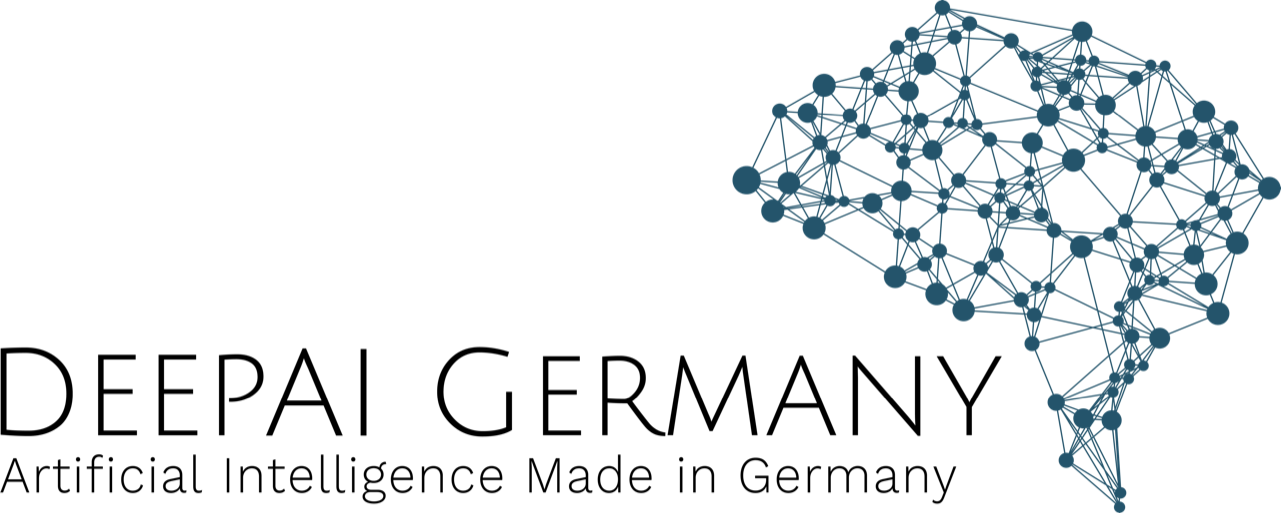“MIT is a place where dreams come true,” says César Terrer, an assistant professor in the Department of Civil and Environmental Engineering. Here at MIT, Terrer says he’s given the resources needed to explore ideas he finds most exciting, and at the top of his list is climate science. In particular, he is interested in plant-soil interactions, and how the two can mitigate impacts of climate change. In 2022, Terrer received seed grant funding from the Abdul Latif Jameel Water and Food Systems Lab (J-WAFS) to produce drought monitoring systems for farmers. The project is leveraging a new generation of remote sensing devices to provide high-resolution plant water stress at regional to global scales.
Growing up in Granada, Spain, Terrer always had an aptitude and passion for science. He studied environmental science at the University of Murcia, where he interned in the Department of Ecology. Using computational analysis tools, he worked on modeling species distribution in response to human development. Early on in his undergraduate experience, Terrer says he regarded his professors as “superheroes” with a kind of scholarly prowess. He knew he wanted to follow in their footsteps by one day working as a faculty member in academia. Of course, there would be many steps along the way before achieving that dream.
Upon completing his undergraduate studies, Terrer set his sights on exciting and adventurous research roles. He thought perhaps he would conduct field work in the Amazon, engaging with native communities. But when the opportunity arose to work in Australia on a state-of-the-art climate change experiment that simulates future levels of carbon dioxide, he headed south to study how plants react to CO2 in a biome of native Australian eucalyptus trees. It was during this experience that Terrer started to take a keen interest in the carbon cycle and the capacity of ecosystems to buffer rising levels of CO2 caused by human activity.
Around 2014, he began to delve deeper into the carbon cycle as he began his doctoral studies at Imperial College London. The primary question Terrer sought to answer during his PhD was “will plants be able to absorb predicted future levels of CO2 in the atmosphere?” To answer the question, Terrer became an early adopter of artificial intelligence, machine learning, and remote sensing to analyze data from real-life, global climate change experiments. His findings from these “ground truth” values and observations resulted in a paper in the journal Science. In it, he claimed that climate models most likely overestimated how much carbon plants will be able to absorb by the end of the century, by a factor of three.
After postdoctoral positions at Stanford University and the Universitat Autonoma de Barcelona, followed by a prestigious Lawrence Fellowship, Terrer says he had “too many ideas and not enough time to accomplish all those ideas.” He knew it was time to lead his own group. Not long after applying for faculty positions, he landed at MIT.
New ways to monitor drought
Terrer is employing similar methods to those he used during his PhD to analyze data from all over the world for his J-WAFS project. He and postdoc Wenzhe Jiao collect data from remote sensing satellites and field experiments and use machine learning to come up with new ways to monitor drought. Terrer says Jiao is a “remote sensing wizard,” who fuses data from different satellite products to understand the water cycle. With Jiao’s hydrology expertise and Terrer’s knowledge of plants, soil, and the carbon cycle, the duo is a formidable team to tackle this project.
According to the U.N. World Meteorological Organization, the number and duration of droughts has increased by 29 percent since 2000, as compared to the two previous decades. From the Horn of Africa to the Western United States, drought is devastating vegetation and severely stressing water supplies, compromising food production and spiking food insecurity. Drought monitoring can offer fundamental information on drought location, frequency, and severity, but assessing the impact of drought on vegetation is extremely challenging. This is because plants’ sensitivity to water deficits varies across species and ecosystems.
Terrer and Jiao are able to obtain a clearer picture of how drought is affecting plants by employing the latest generation of remote sensing observations, which offer images of the planet with incredible spatial and temporal resolution. Satellite products such as Sentinel, Landsat, and Planet can provide daily images from space with such high resolution that individual trees can be discerned. Along with the images and datasets from satellites, the team is using ground-based observations from meteorological data. They are also using the MIT SuperCloud at MIT Lincoln Laboratory to process and analyze all of the data sets. The J-WAFS project is among one of the first to leverage high-resolution data to quantitatively measure plant drought impacts in the United States with the hopes of expanding to a global assessment in the future.
Assisting farmers and resource managers
Every week, the U.S. Drought Monitor provides a map of drought conditions in the United States. The map has zero resolution and is more of a drought recap or summary, unable to predict future drought scenarios. The lack of a comprehensive spatiotemporal evaluation of historic and future drought impacts on global vegetation productivity is detrimental to farmers both in the United States and worldwide.
Terrer and Jiao plan to generate metrics for plant water stress at an unprecedented resolution of 10-30 meters. This means that they will be able to provide drought monitoring maps at the scale of a typical U.S. farm, giving farmers more precise, useful data every one to two days. The team will use the information from the satellites to monitor plant growth and soil moisture, as well as the time lag of plant growth response to soil moisture. In this way, Terrer and Jiao say they will eventually be able to create a kind of “plant water stress forecast” that may be able to predict adverse impacts of drought four weeks in advance. “According to the current soil moisture and lagged response time, we hope to predict plant water stress in the future,” says Jiao.
The expected outcomes of this project will give farmers, land and water resource managers, and decision-makers more accurate data at the farm-specific level, allowing for better drought preparation, mitigation, and adaptation. “We expect to make our data open-access online, after we finish the project, so that farmers and other stakeholders can use the maps as tools,” says Jiao.
Terrer adds that the project “has the potential to help us better understand the future states of climate systems, and also identify the regional hot spots more likely to experience water crises at the national, state, local, and tribal government scales.” He also expects the project will enhance our understanding of global carbon-water-energy cycle responses to drought, with applications in determining climate change impacts on natural ecosystems as a whole.







